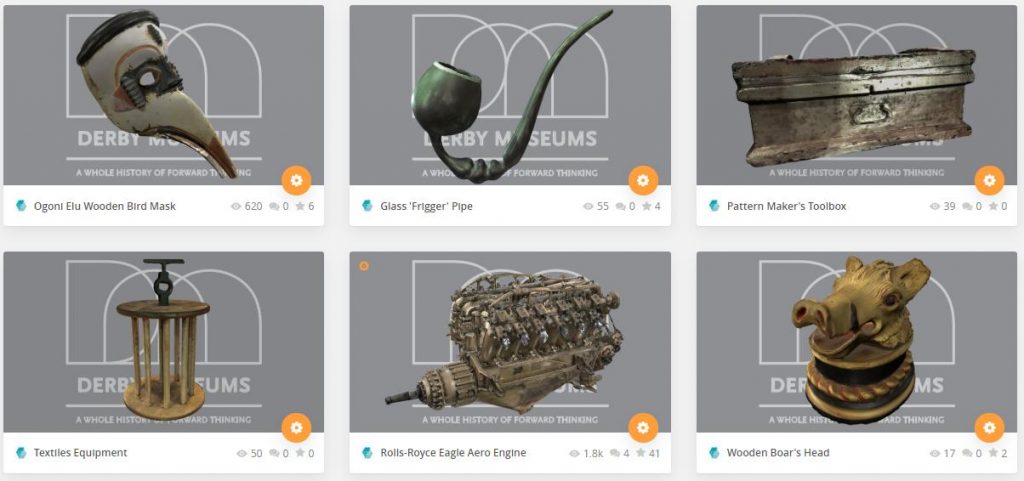Post by Kate (Green) O’Leary (2016 Cohort)
It’s been a long while since I last blogged; seems like an ongoing theme over the past few years. It’s not that I purposefully don’t, I honestly just forget.
Anyway, here we are, in the middle of a pandemic and boy aren’t we feeling it. In a lot of ways life in my household has not changed a great deal. I have worked from home for over three years and my husband is a keyworker so, for the most part, things are relatively ‘normal’.
That doesn’t mean however, that I am finding writing my PhD thesis a walk in the park. It’s been extremely testing to say the least. I am currently about 4 months away from submission and on paper I am more than on track to finish on time; I am also determined to make that a reality. I still have my discussion, introduction, epistemological position, and appendices left to draft and my goal is to have the discussion written by the end of May.
Something that I find particularly difficult is going from the anxiety-filled, but excited and accomplished feeling when sending a section of chapters to supervisors, to a blank document: the next chapter. After having just finished one roller coaster of emotions the thought of starting it all again with another chapter feels painful. So much so that I don’t even want to get started on it.
I know that the best advice is “to just start” and then when I am in the zone, things will fall into place. Right now, it’s not like I have anything really to do that gives me a legitimate excuse not to do it. I am pretty sure that terraforming my island on Animal Crossing isn’t a good enough reason really.
Knowing that the final 9 months leading up to the submission was going to be a difficult one, in January I organised a writing group that met biweekly in Nottingham. It was organised as a relaxed space for people to write/work together and feel that they can have a ‘blah’ moment if they needed it. Going into lockdown, I knew that people transitioning to working from home constantly was going to rattle with their motivation to work, as having that separation between work and home is so valuable. Having all that roll into one gets messy.
The writing group now meets 3 times a week online. We turn our mics and cameras off for the most part, and work together. There is a chat box and we break (randomly) for chats. Knowing that there is someone on the other end of the line trying to work, brings a sense of community and the feeling that we are all in this together.
Without the encouragement of my friends at the CDT, I honestly don’t know how the past few weeks would have shaped up.
Today was a writing group day. I have grown tired of having no motivation and genuinely wanted to make a dent into this next chapter. With the encouragement of others, I’ve broken ground; two discussion points have been completed. Two of many, many more.
I hope that tomorrow I can tackle one more, hopefully more; but I won’t put too much pressure on myself.
Until next time folks.
–originally posted on Kate’s blog





